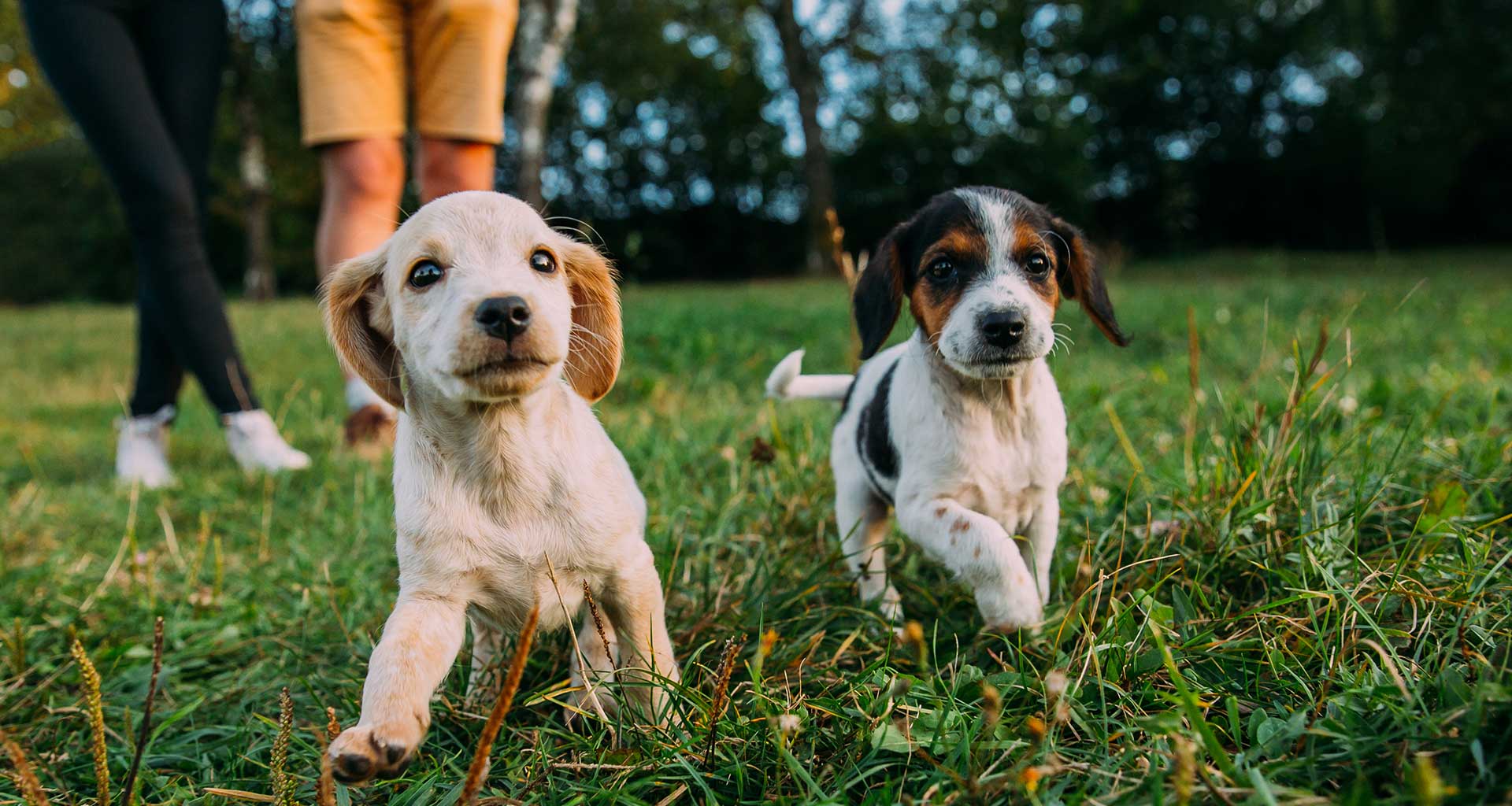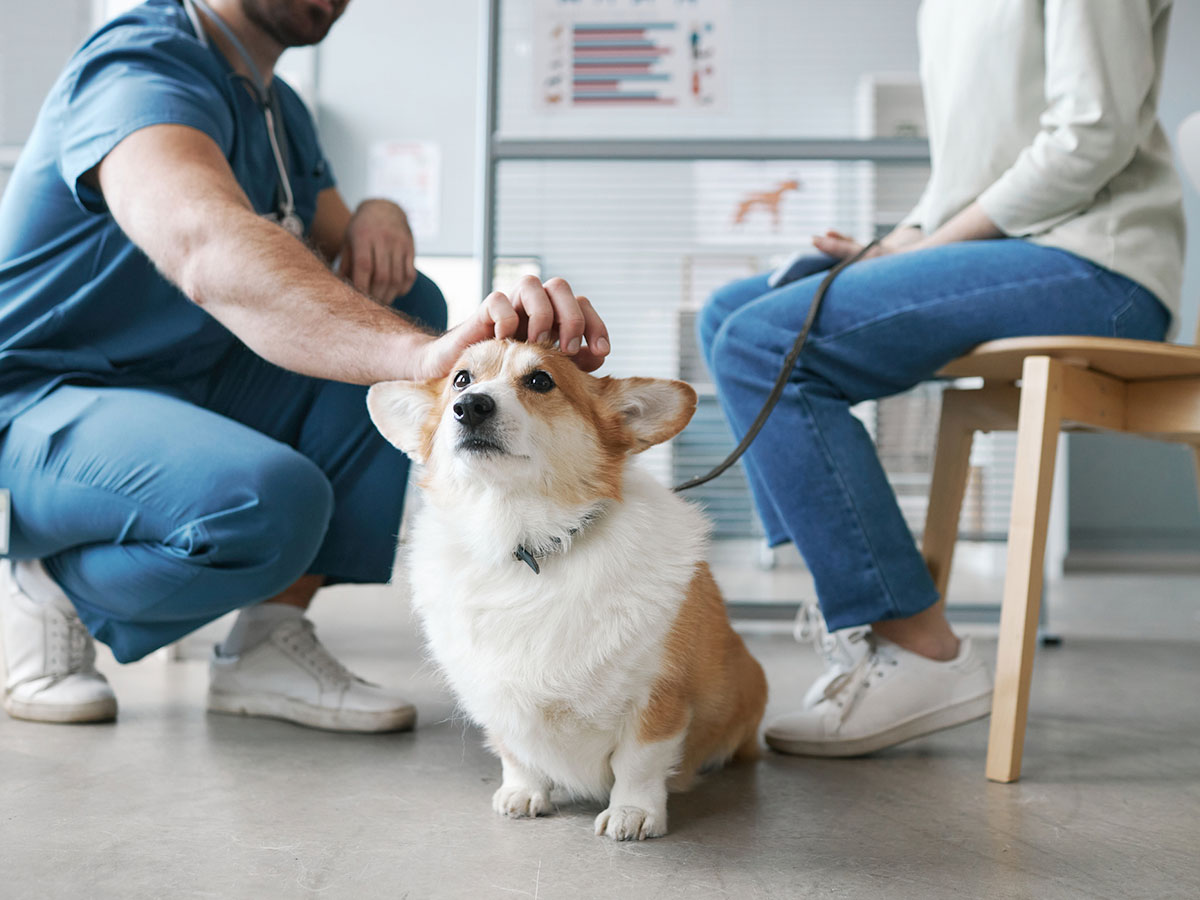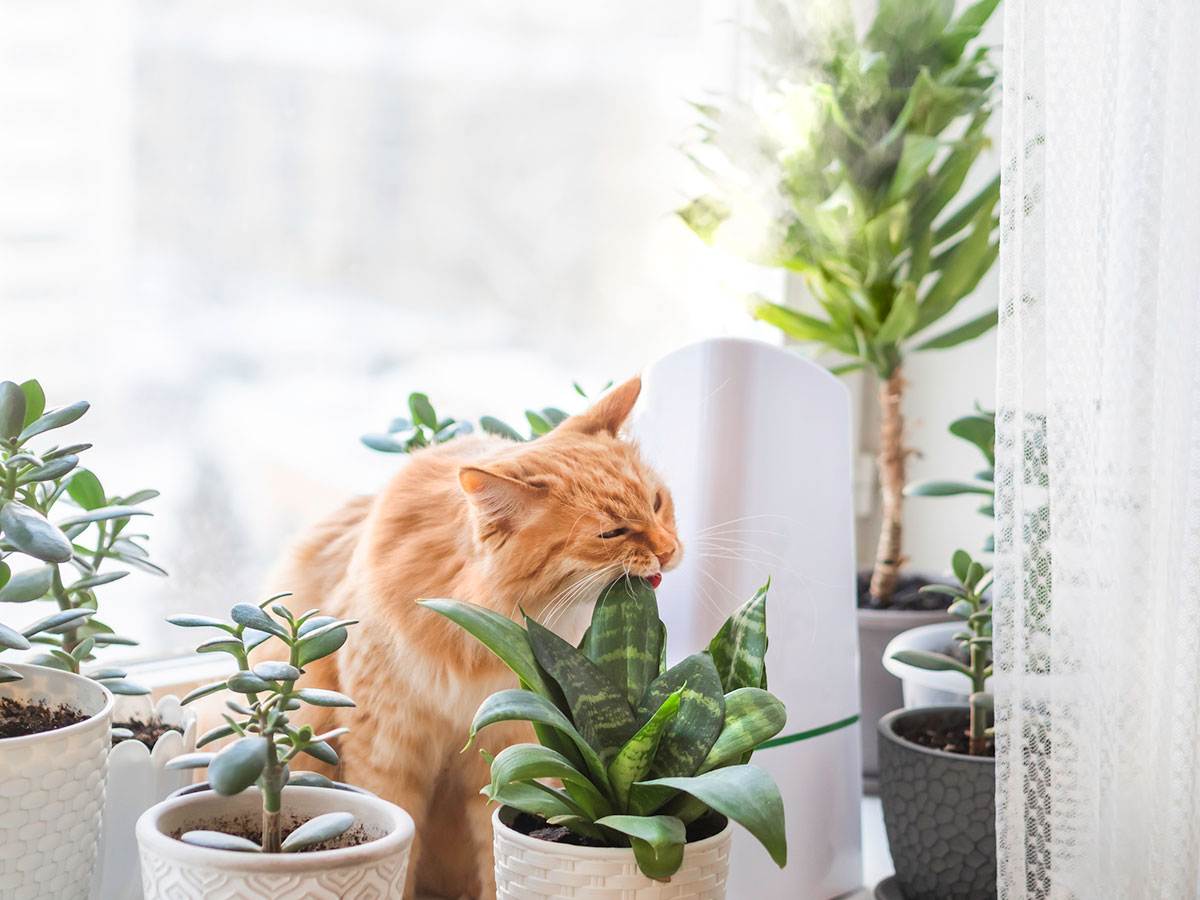Many of us get a bit anxious when we have to go to the doctors or the dentists and it is the same for our pets. Sometimes it is because they have had a bad experience previously – perhaps something happened that was painful or frightening. Other times it is just because they are going to an unfamiliar place with unfamiliar people looking at them, they aren’t sure what is going to happen and they worry because they aren’t comfortable and in control of the situation.
We want to try and reduce the stress and anxiety that can occur at veterinary visits and as the owner, you can play a big role in helping us with this.
Here are some quick tips with more detailed explanations following;
- Let us know if your pet doesn’t like being around other animals
- Don’t feed your pet prior to their visit
- Bring their favourite treats
- Use pheromones such as Adaptil and Feliway
- Make sure your pet is safely restrained in the car
When you make your appointment
Let us know if your pet tends to get stressed by their veterinary visit and if there are certain things that upset them (e.g. other dogs) as this can help us plan your appointment. We can make an appointment when there are fewer other patients around or take you into a consulting room as soon as you arrive so you are away from other pets in the waiting area.
Before you come to the vet
- It is best to bring your pet to the vet when they are hungry so they will be more likely to eat the tasty treats we offer. Don’t give your pet breakfast if they have a morning appointment, and if they have an afternoon appointment, avoid giving them any snacks or treats during the day.
- We have a variety of treats but if your pet has a particular favourite treat it is great if you can bring that with you.
- Consider using pheromones (Adaptil for dogs or Feliway for cats) prior to your visit. We have Adaptil and Feliway sprays in clinic that you are welcome to use – pop in prior to your appointment and spray it on a bandanna your dog can wear or on a towel you can put in your cat carrier. Adaptil collars are also available for dogs and are a good option for dogs who are anxious at home as well.
- For some animals we will recommend additional products such as Zylkene, a dietary supplement, which should be given daily for 2-5 days prior to a veterinary visit or other stressful event.
- If your pet is particularly anxious, we may prescribe medication to be used prior to veterinary visits. If this is the case, ensure the medication is given as directed prior to the visit.
Getting your pet to the vet
- If you live nearby and the weather is appropriate, some anxious dogs will benefit from a walk to the vet to help reduce their energy levels. Of course, this isn’t always possible or a good idea (if hot or raining or your dog is unwell) and so preparing for car travel is important.
- Prepare your car in advance:
- Correct temperature: make sure the car is not too hot, turn it on and start the air-con ahead of time if needed.
- Pheromones (Adaptil and Feliway) can be used on a towel that you place in the car where your pet will sit.
- Calm, quiet music or silence is best.
- Make sure your pet is safely restrained:
- Carriers on the back floor, in back of a wagon or seat belted onto the back seat.
- Dogs should not be allowed to roam around the car, harnesses are important for keeping them safe and they should be conditioned to wearing it so it doesn’t bother them.
A special note about Pet Carriers/Crates
- Ideally, they should open both at the top and front and be easily dismantled and put back together.
- You should positively condition your cat or dog to the carrier in advance. For tips check out this video on International Cat Care website.
- Have non-slip matting in the base of the carrier and then use a towel sprayed with pheromones on top of this.
- Place a towel over the top of the carrier to reduce visual stimulation.
- Avoid putting two cats together even if normally they are fine together.
- Preferably hold the carrier like a present with two hands up near your chest – this keeps it away from other animals and minimises motion.
Coming into the Consulting Room
For Dogs
We suggest you leave your dog on the floor initially or sitting in your lap (if it is a small dog who gets carried). This allows your dog to get used to the room while we have a chat about the reason for your visit and get some information before the examination. It also allows us to offer treats and approach slowly rather than suddenly being placed on a table which, for most dogs, is something that doesn’t usually happen to them.
For Cats
We suggest you place your cat’s carrier on the consulting table and open the door and then just allow them to come out in their own time. It is best to avoid dragging them out. We will have a chat about the reason for your visit and get some information before the examination, giving your cat time to get used to the room.
Returning home
- This can be particularly important if your pet has been hospitalised and away from home for a few days.
- Your pet will smell different and may still not be feeling completely comfortable so care must be taken with other pets you own.
- Allow a safe space away from other animals initially, a bedroom or room of their own
- Monitor the reintroduction to other pets.
- Share a common scent between them, consider using a towel to swap scents between pets by rubbing each of them with the same towel.
- Pheromones such as Adaptil or Feliway diffusers can be helpful.
For dogs
- Take all dogs out for a short walk
- Have them meet on neutral territory to start with
- Don’t give high value treats/toys to avoid them competing for these


